RESOURCES
During our activity we have collected a series of resources that we would like to share with who wants to study and deepen the topics of materials and design.
MAMA ORIGINALS
A series of documents we have produced during our activity
A trip to France
exploring the Fédération des Récupérathèques network
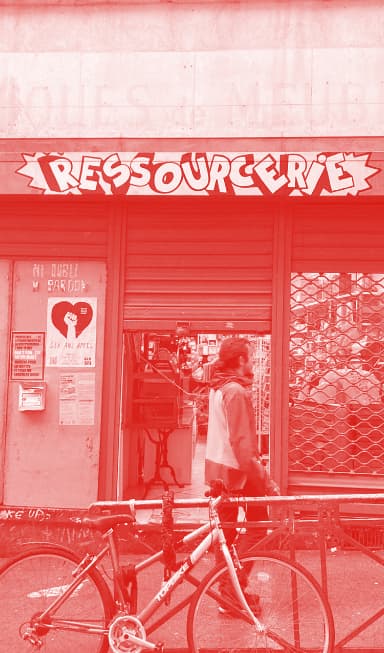
In 2024, 2 students from UniBz embarked them in a train trip to France, going to explore the french network of Material Banks. You can download the full report from this link. (coming soon)
Suggested by: MaMabz
Facciamo Merenda con:
talks about the world of design and materials
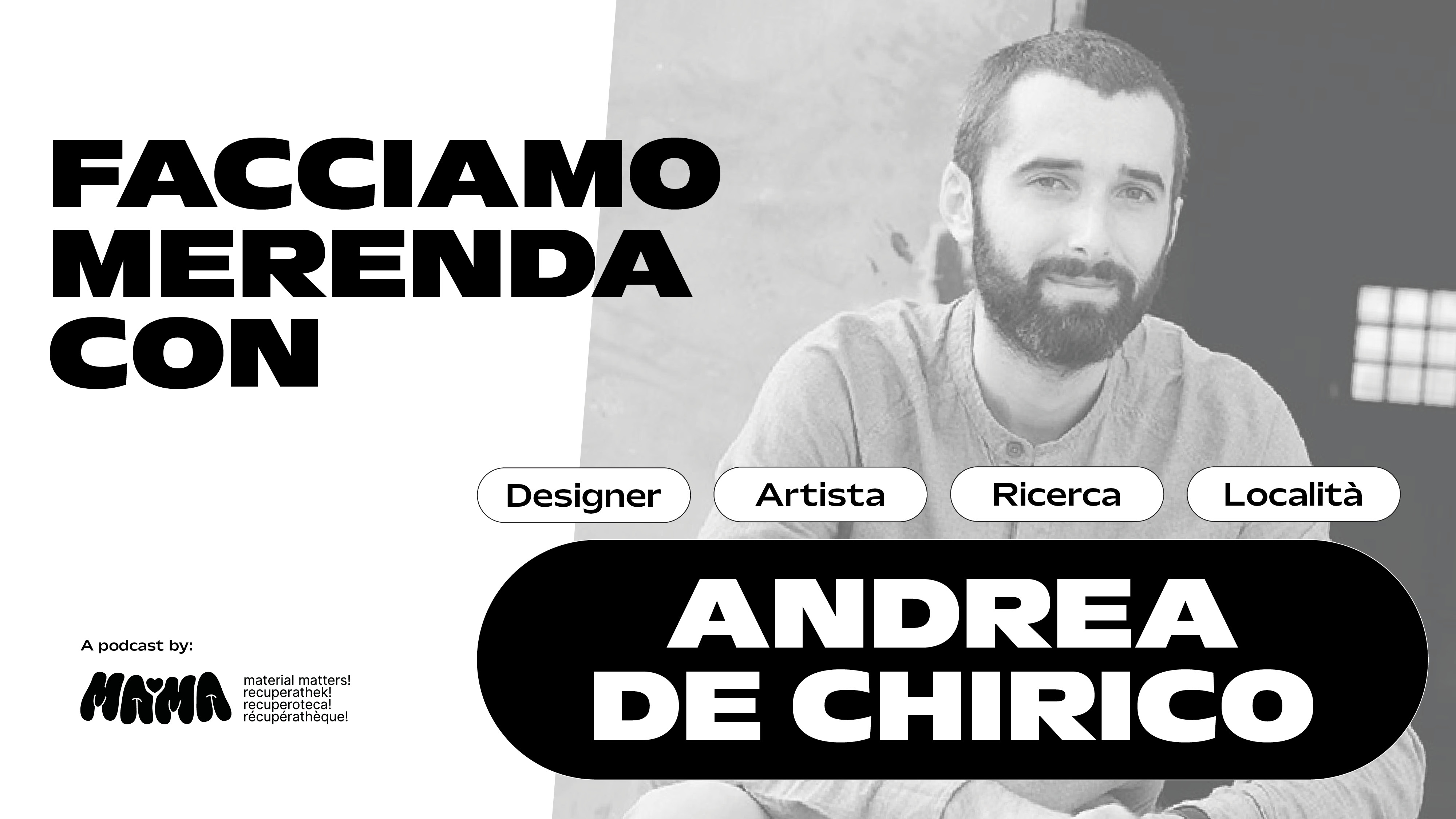
In this series we interview interesting people who deals with design and materials. Check the playlist on our youtube channel
Suggested by: MaMabz
STARTING WITH THE BASICS
Basic theories you should know if you want to tackle the waste topic in your practice.
Cradle to Cradle:
Remaking the Way We Make Things
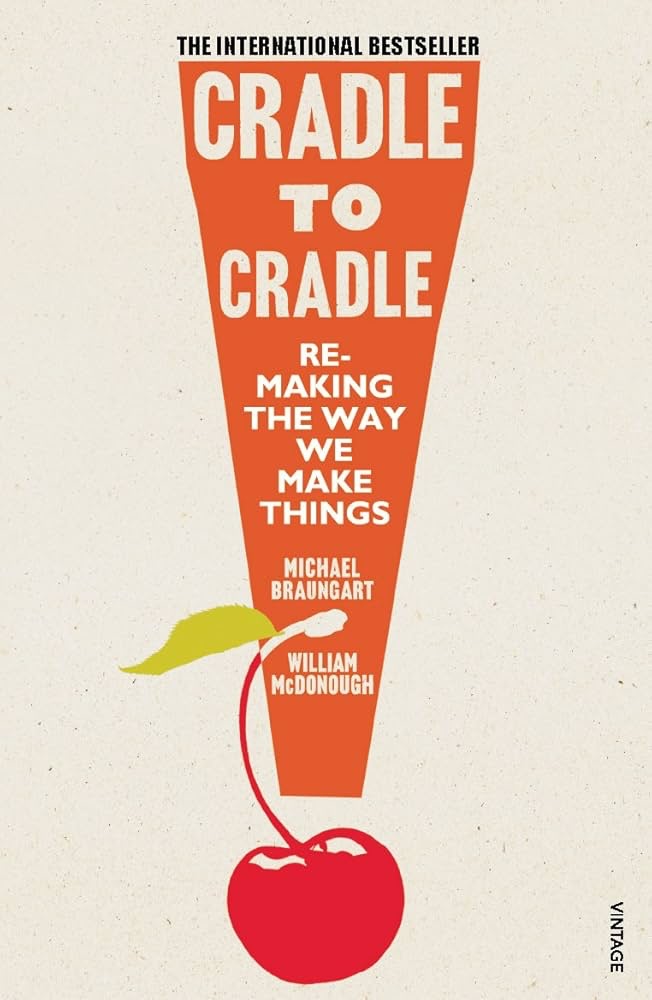
In their 2002, architect William McDonough and chemist Michael Braungart presented an integration of design and science that provides enduring benefits for society from safe materials, water and energy in circular economies and eliminates the concept of waste.
Suggested by: frizzanteo
Design di prodotto per la sostenibilità ambientale
Progettare per il ciclo di vita dei prodotti
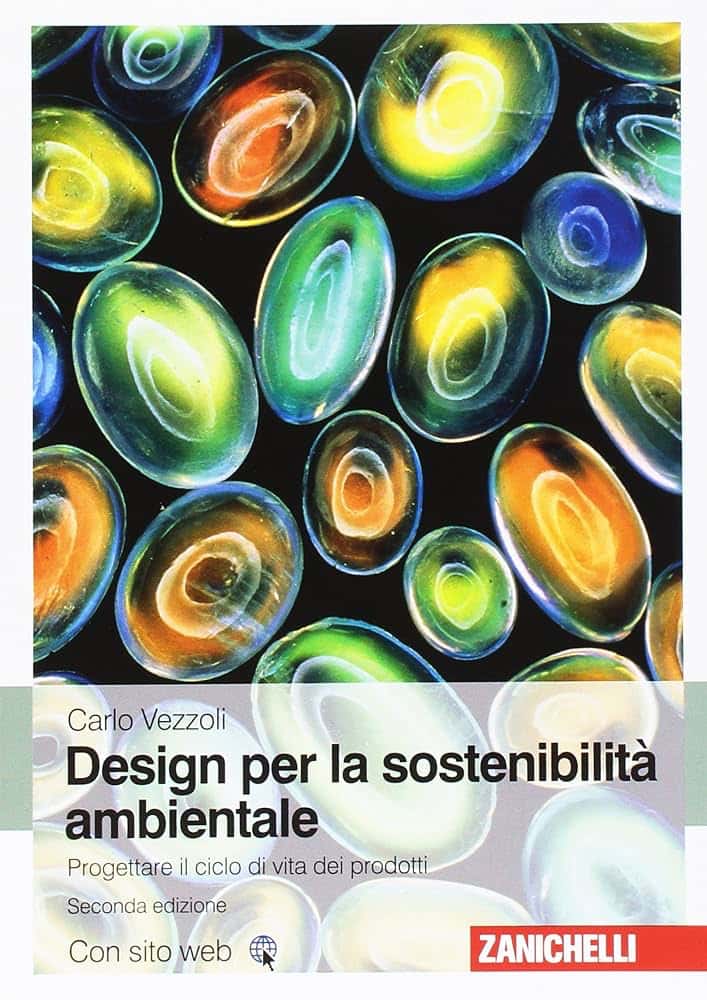
La produzione e il consumo di beni e servizi hanno superato la capacità della biosfera e della geosfera di assorbire senza danni irreversibili le trasformazioni che questo sistema determina. La consapevolezza del problema ambientale ha seguito un percorso da valle a monte: dalla cura dell'inquinamento, all'intervento sui processi produttivi che lo generano, alla riprogettazione dei prodotti e/o servizi per giungere alla discussione e al riorientamento dei comportamenti sociali. Questo percorso ci racconta che è necessario intervenire in termini progettuali e che la responsabilità e il ruolo del design sono cresciuti negli anni, richiedendo scenari di riferimento, conoscenza e strumenti nuovi.
Suggested by: frizzanteo
WASTE PHILOSOPHY
Theoretical framework
RIFIUTI
le cose (e le idee) che scartiamo
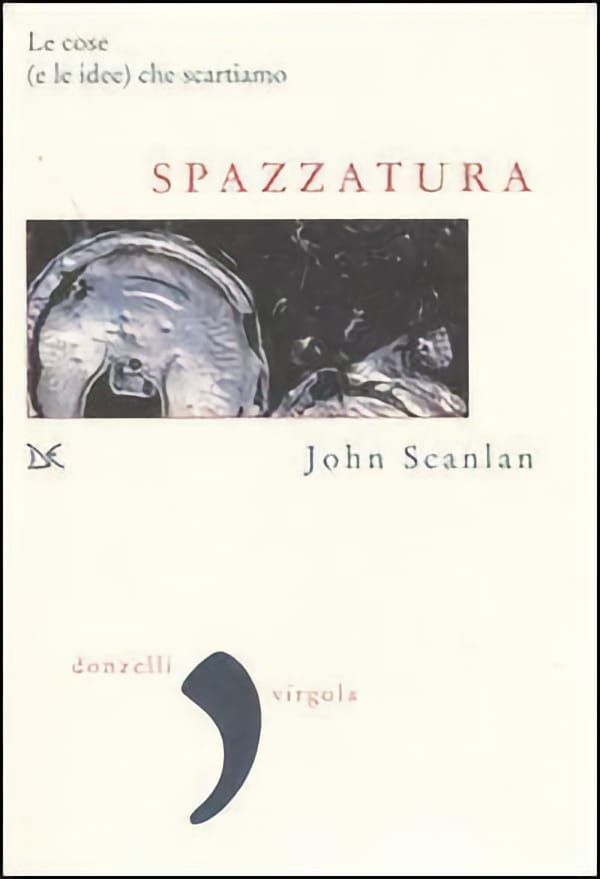
Questo libro aiuta a guardare meglio dentro i cumuli di rifiuti per coglierne il senso metaforico: si scopre così, che dietro ogni scoria prodotta c'è un rifiuto, un rigetto, una volontà di separazione e soprattutto un'idea di ciò che val la pena di tenere e ciò che merita di essere scartato. L'evoluzione di questo concetto nella storia occidentale è l'oggetto di questo libro che in qualche modo è una sorta di storia ombra della cultura occidentale, nel senso che ne ricostruisce le fila attraverso tutto ciò che nel tempo essa si è lasciata alle spalle. I rifiuti sono dunque sinonimo di ciò che epoca dopo epoca si è ritenuto indegno, sconveniente, contagioso, oppure inutile, superfluo, senza valore.
Suggested by: frizzanteo
Wasteocene
stories from the Global Dump
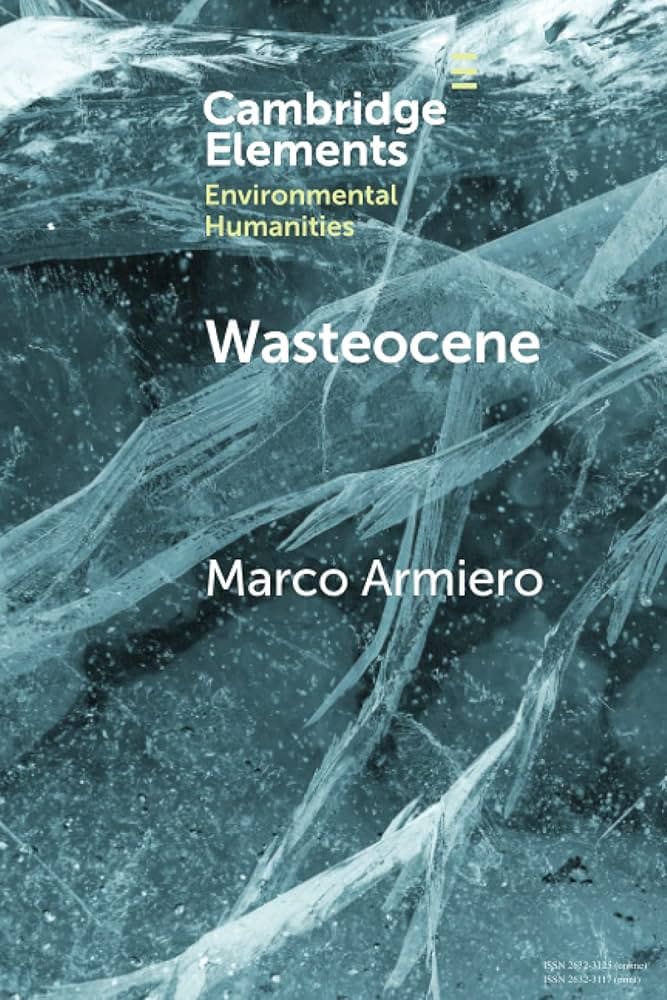
Humans may live in the Anthropocene, but this does not affect all in the same way. How would the Anthropocene look if, instead of searching its traces in the geosphere, researchers would look for them in the organosphere, in the ecologies of humans in their entanglements with the environment? Looking at this embodied stratigraphy of power and toxicity, more than the Anthropocene, we will discover the Wasteocene. The imposition of wasting relationships on subaltern human and more-than-human communities implies the construction of toxic ecologies made of contaminating substances and narratives. While official accounts have systematically erased any trace of those wasting relationships, another kind of narrative has been written in flesh, blood, and cells. Traveling between Naples (Italy) and Agbogbloshie (Ghana), science fiction and epidemic outbreaks, this Element will take the readers into the bowels of the Wasteocene, but it will also indicate the commoning practices which are dismantling it.
Suggested by: frizzanteo
RIGHT TO REPAIR
Is a movement which fight to make our products more accessible and repairable.
Made to Break:
Technology and Obsolescence in America
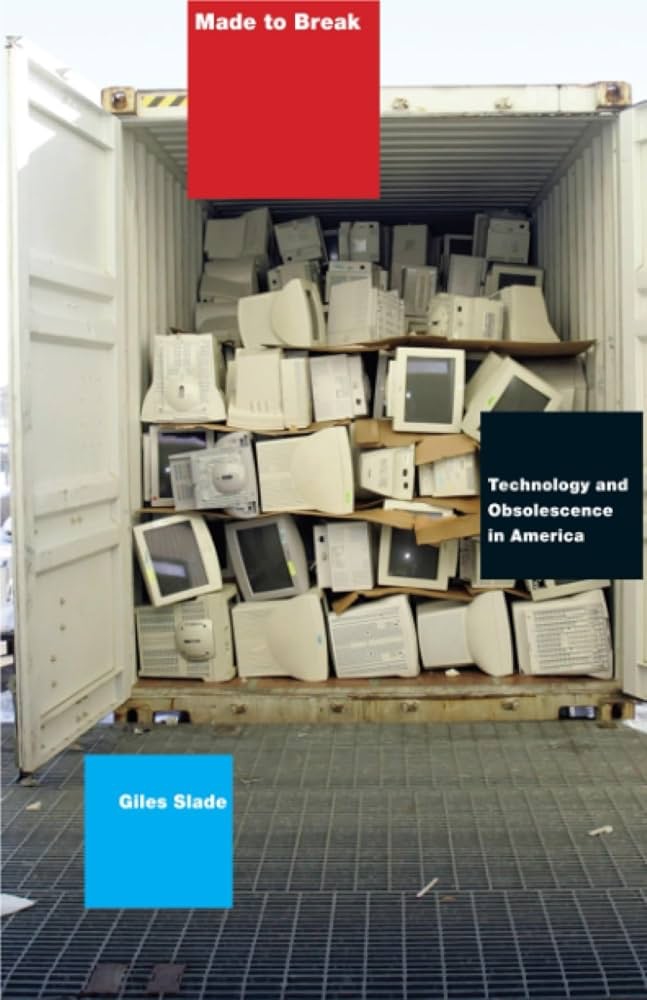
Made to Break is a history of twentieth-century technology as seen through the prism of obsolescence. Giles Slade explains how disposability was a necessary condition for America's rejection of tradition and our acceptance of change and impermanence. This book gives us a detailed and harrowing picture of how, by choosing to support ever-shorter product lives, we may well be shortening the future of our way of life as well.
Suggested by: frizzanteo
MATERIAL JOURNALISM
People who dedicate a part of their life traveling and telling stories about our stuff and waste.
Secondhand:
Travels in the New Global Garage Sale
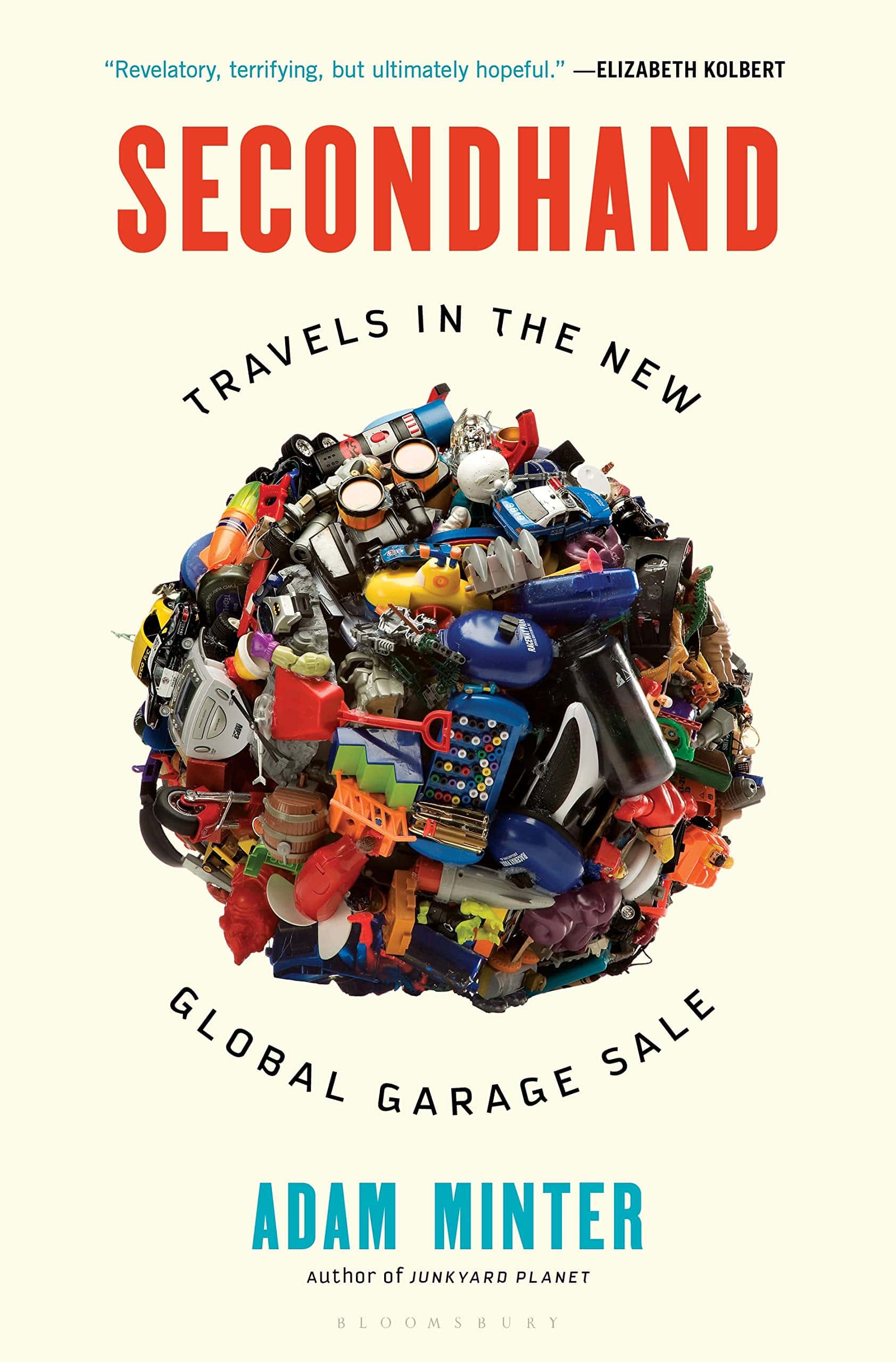
Downsizing. Decluttering. Discarding. Sooner or later, all of us are faced with things we no longer need or want. But when we drop our old clothes and other items off at a local donation center, where do they go? Sometimes across the country―or even halfway across the world―to people and places who find value in what we leave behind.
Suggested by: frizzanteo
Junkyard Planet:
Travels in the Billion-Dollar Trash Trade
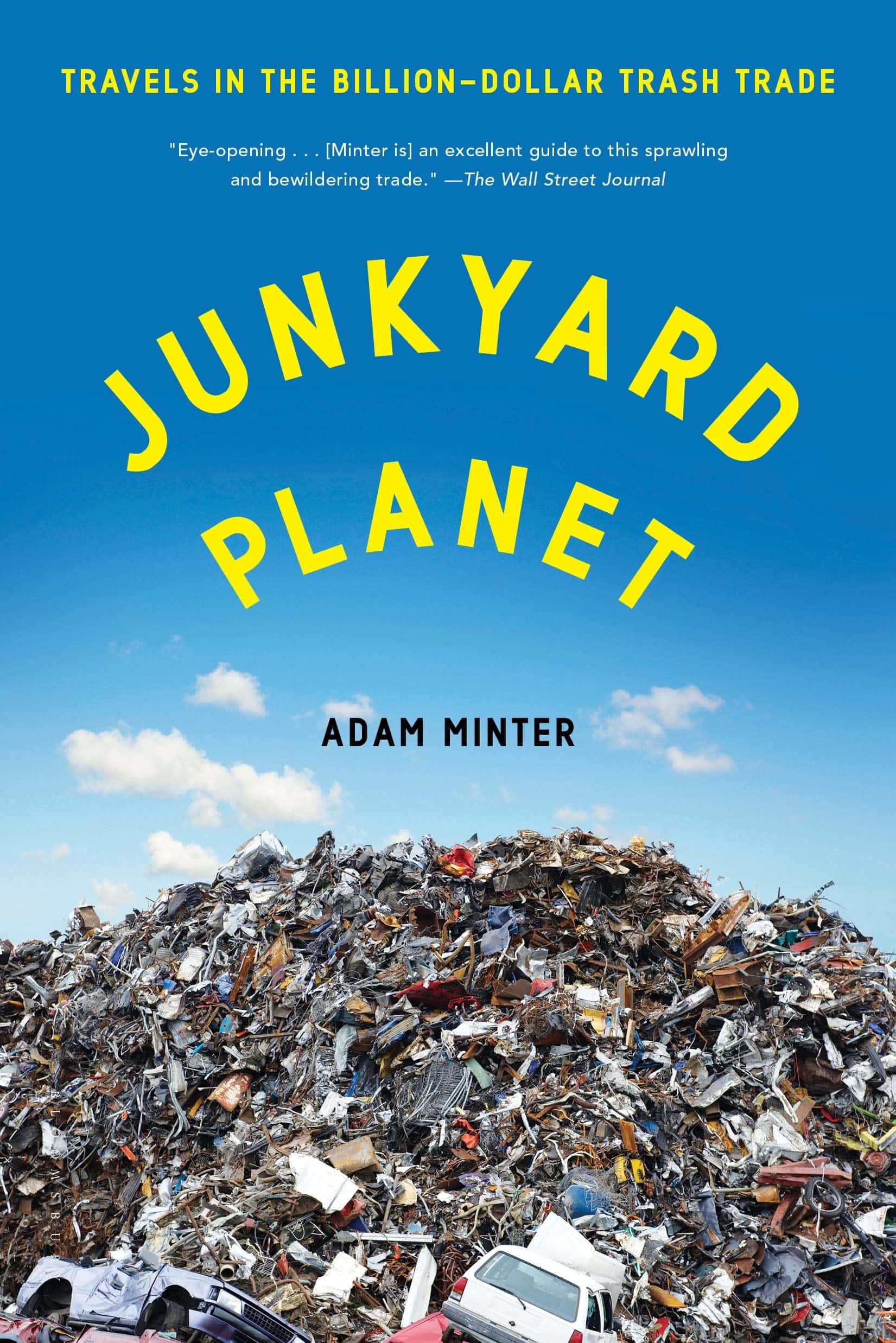
When you drop your Diet Coke can or yesterday's newspaper in the recycling bin, where does it go? Probably halfway around the world, to people and places that clean up what you don't want and turn it into something you can't wait to buy. In Junkyard Planet, Adam Minter--veteran journalist and son of an American junkyard owner--travels deep into a vast, often hidden, five-hundred-billion-dollar industry that's transforming our economy and environment.
Suggested by: frizzanteo
IT’S NOT EASY BEING GREEN
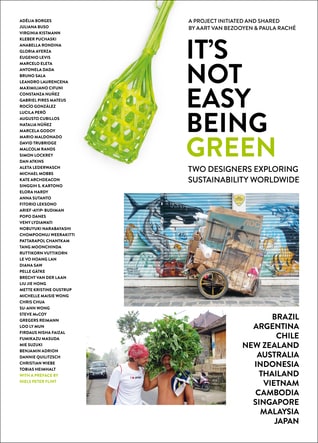
The book "It's Not Easy Being Green: Two Designers Exploring Sustainability Worldwide" is a publication by Paula Raché and art van Bezooijen that brings together six months of making new friends, photographing local impressions and collecting materials. Together with almost 60 designers, entrepreneurs and change-makers from Brazil, Argentina, Chile, New Zealand, Australia, Indonesia, Thailand, Vietnam, Cambodia, Singapore, Malaysia and Japan they are sharing personal experiences, project examples and local culture to inspire and enable a more sustainable future.
Suggested by:Aart Van Bezooyen
Cobalt Red:
How the Blood of the Congo Powers Our Lives

is the searing, first-ever exposé of the immense toll taken on the people and environment of the Democratic Republic of the Congo by cobalt mining, as told through the testimonies of the Congolese people themselves. Activist and researcher Siddharth Kara has traveled deep into cobalt territory to document the testimonies of the people living, working, and dying for cobalt. To uncover the truth about brutal mining practices, Kara investigated militia-controlled mining areas, traced the supply chain of child-mined cobalt from toxic pit to consumer-facing tech giants, and gathered shocking testimonies of people who endure immense suffering and even die mining cobalt.
Suggested by:frizzanteo
The Gleaners and I
(Les glaneurs et la glaneuse)
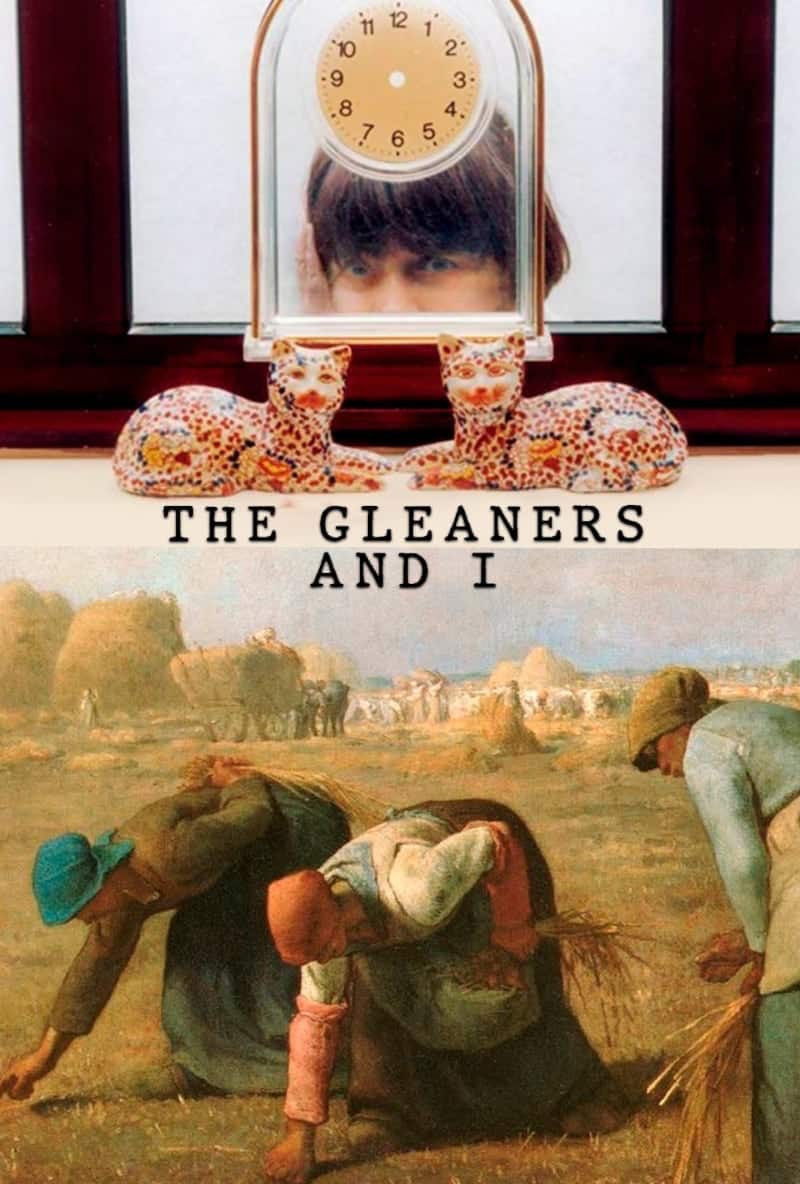
Varda's interviews glean in France in all forms, from those harvesting the fields after the harvest to those sifting through the bins of Paris.
Suggested by:frizzanteo
The toaster project
or an eroic attempt to build a simple electric appliance from scratch
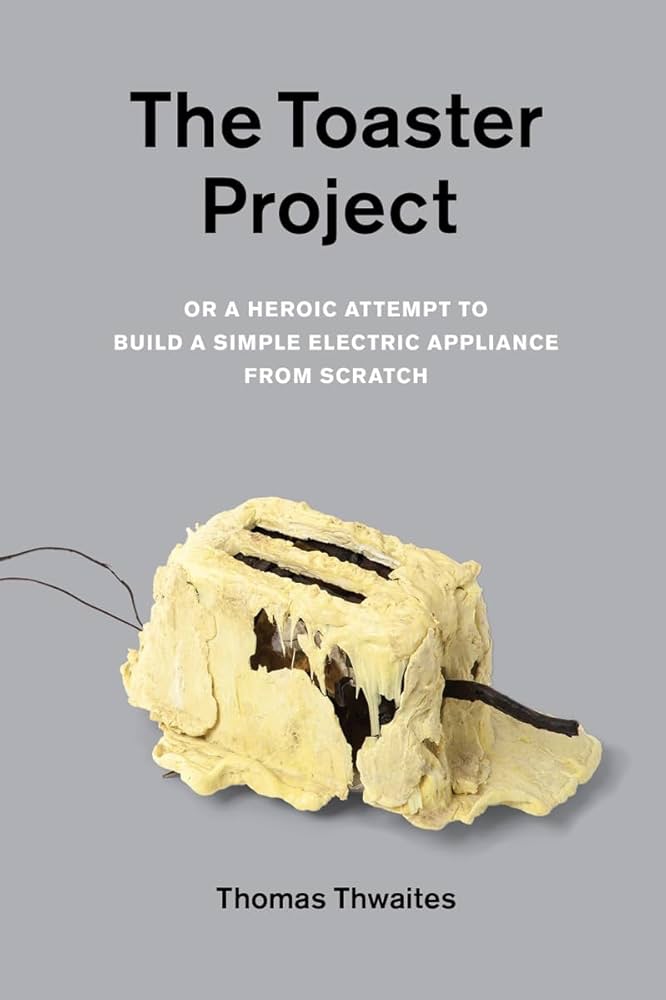
"Hello, my name is Thomas Thwaites, and I have made a toaster." So begins The Toaster Project, the author's nine-month-long journey from his local appliance store to remote mines in the UK to his mother's backyard, where he creates a crude foundry. Along the way, he learns that an ordinary toaster is made up of 404 separate parts, that the best way to smelt metal at home is by using a method found in a fifteenth-century treatise, and that plastic is almost impossible to make from scratch.
Suggested by:frizzanteo
IMPROVE YOUR DESIGN
Get inspiration from the works of others
U-JOINTS
A taxonomy of connections
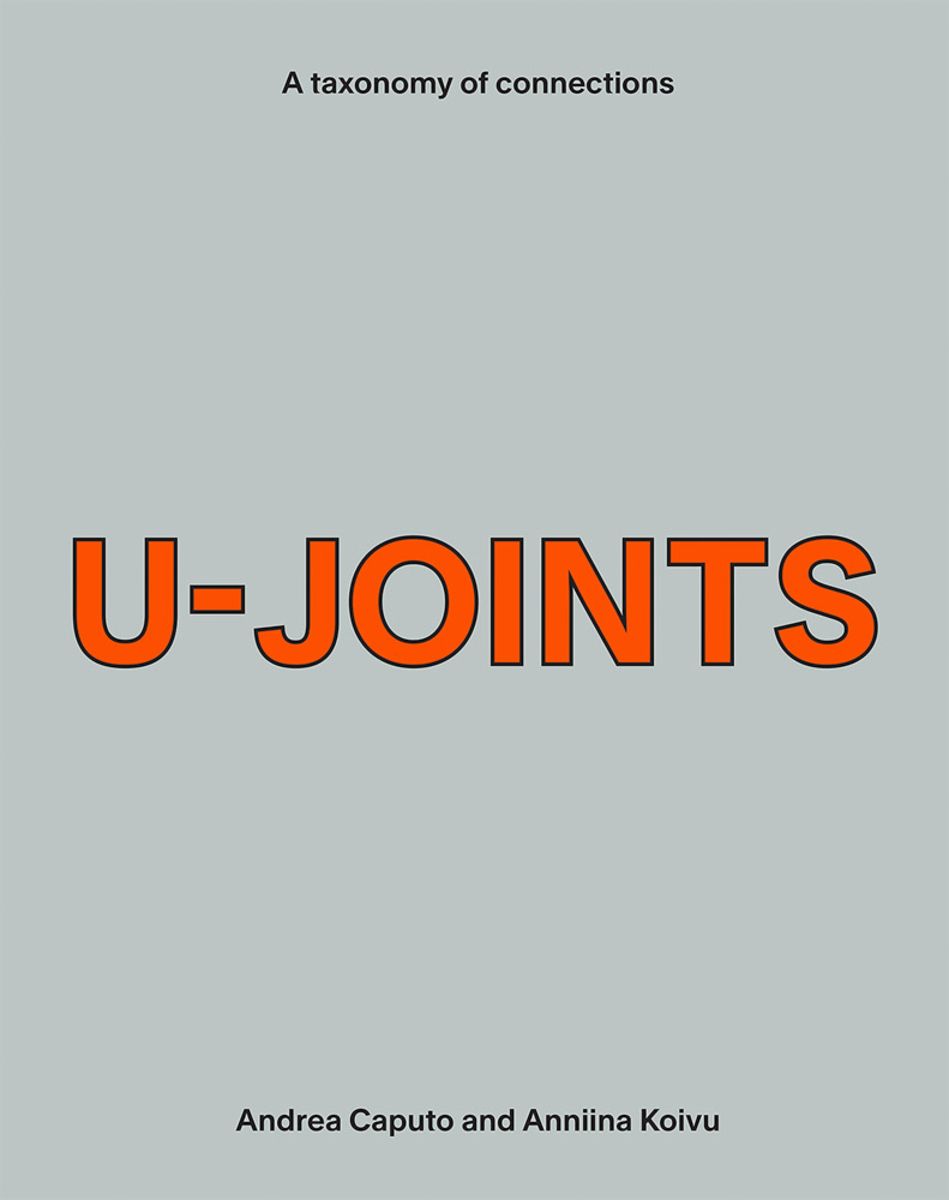
U-Joints is an international research project and exhibition series on the theme of connections in design and architecture curated by Andrea Caputo and Anniina Koivu.
Suggested by: frizzanteo
Radical Matter
Rethinking Materials for a Sustainable Future

A must- have for professionals at the cutting edge of design, Radical Matter: Revolutionary Materials and Design for a Sustainable Future presents the ten “Big Ideas” that will shape and inform the choices of materials, design methods, and manufacturing processes made by designers in the years to come.
Suggested by: frizzanteo